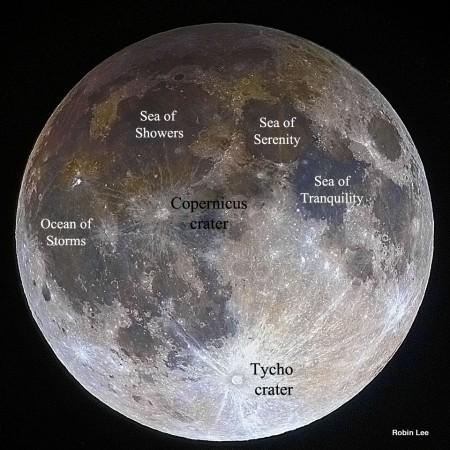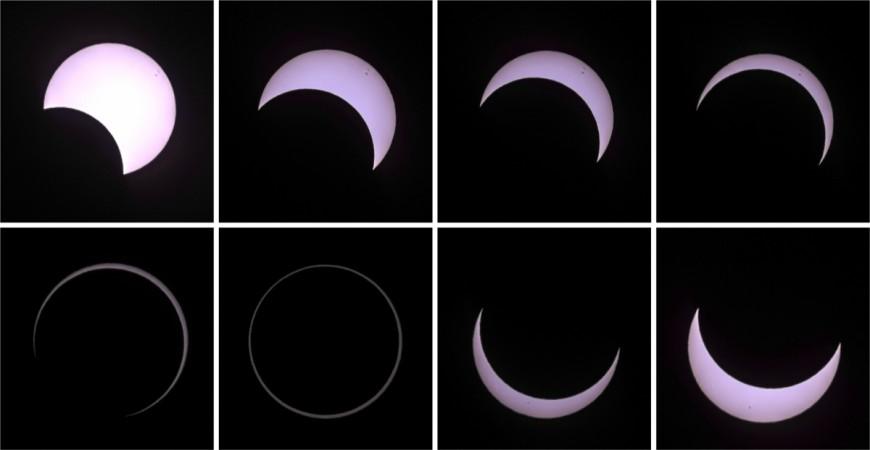
Get ready to treat you eyes to a stunning celestial event this February. The penumbral lunar eclipse, occurs when the moon passes through Earth's penumbra or partial shadow.
Also Read: Does NASA have a captured UFO hidden in California's Jet Propulsion Laboratory?
When the Earth and moon align, the earth lies between the moon and the sun, which makes the moon appear a lot darker than normal.
The moon will be bright when it rises, but slowly as it goes through the outer band of shadow, it can be seen dimming as the eclipse proceeds. The moon will eventually turn dusky as the event progresses and the view will be better if skies remain clear.
In western Asia, Africa and Europe, the spectacular event can be witnessed late at night in southern skies. North, Central and South America on the other hand can view this event from the east, according to a Daily Mail report.
This astronomical event will occur on Saturday, February 11, 2017. It will commence in New York at 17:34 ET, and end at 21:53 ET, whereas in UK, skygazers can enjoy this view from 22:34 GMT to 02:53 GMT.

The next eclipse will occur on Sunday, February 26, 2017. This event is going to be an annular solar eclipse in which the proximity of the moon to the Earth will be close.
Close enough for the moon to block the sun completely. This will lead to the formation of a ring of light surrounding the moon. The corona of the Sun will not be seen during this astronomical event.





!['Lip lock, pressure, pyaar': Vidya Balan- Pratik Gandhi shine in non-judgmental infidelity romcom Do Aur Do Pyaar [ Review]](https://data1.ibtimes.co.in/en/full/797104/lip-lock-pressure-pyaar-vidya-balan-pratik-gandhi-shine-non-judgmental-infidelity-romcom.jpg?w=220&h=138)







